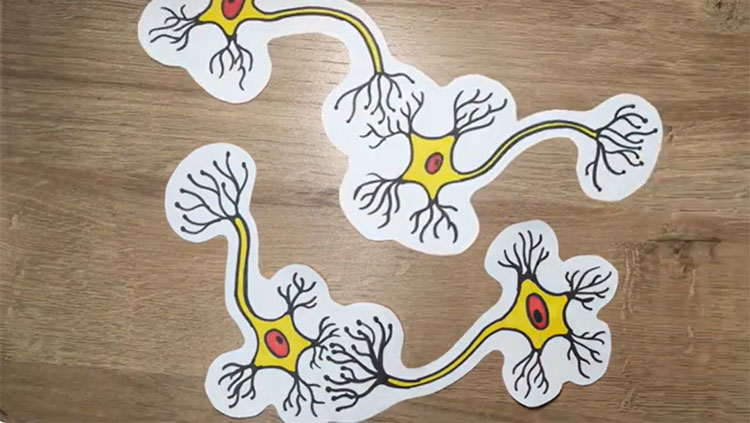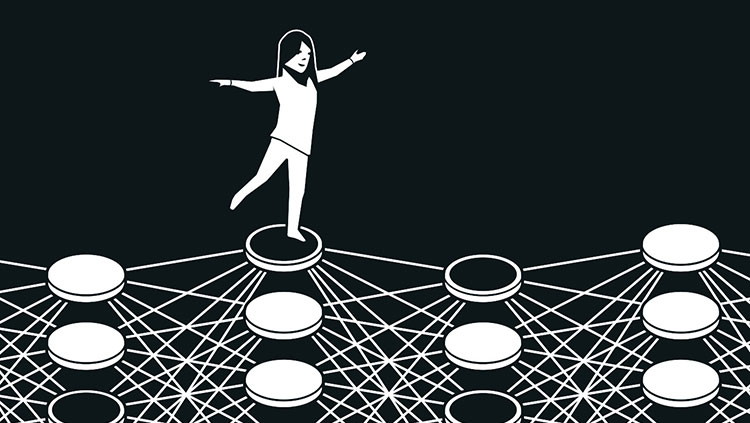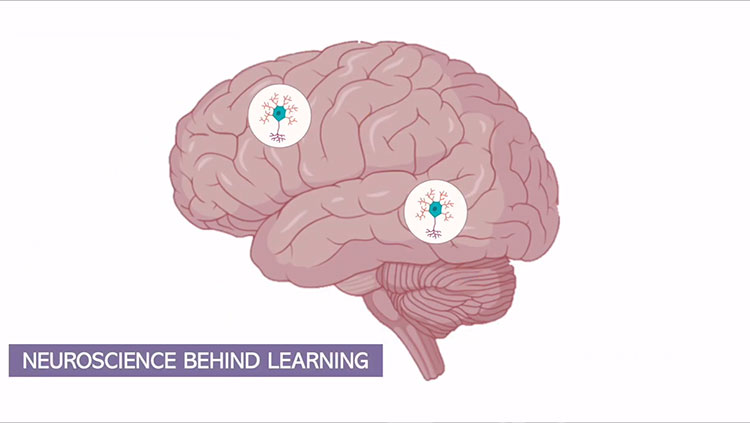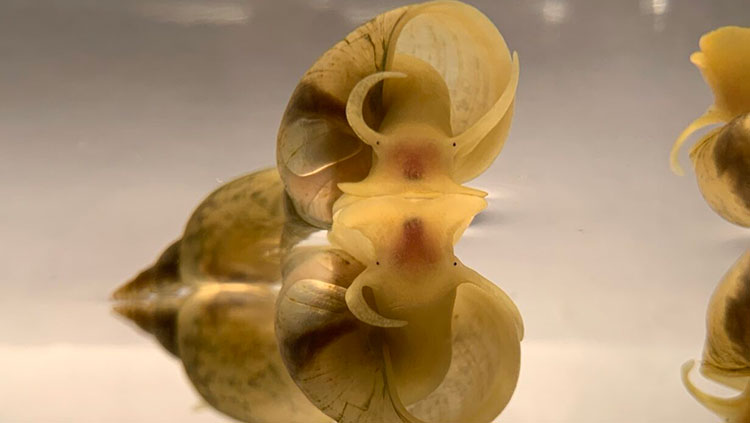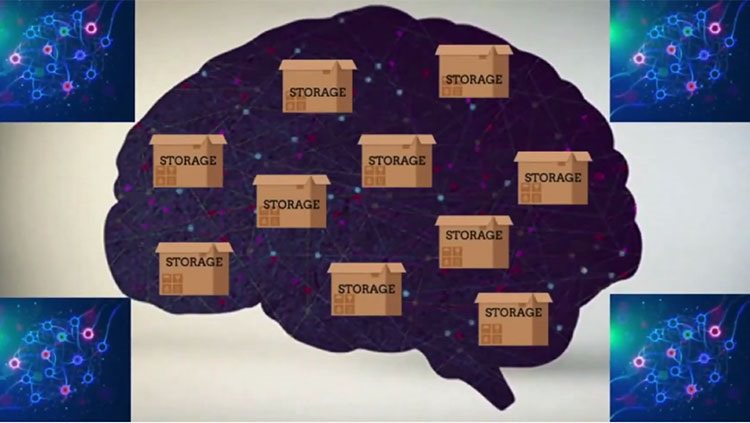Memory: From One Patient to a Breakthrough
- Published1 Apr 2012
- Reviewed1 Apr 2012
- Source BrainFacts/SfN
A major breakthrough in understanding how the brain accomplishes learning and memory began with the study of a person known by his initials, H.M.
As a child, H.M. developed a severe, difficult-to-treat form of epilepsy. When traditional therapies didn’t help, H.M. underwent an experimental surgical treatment — the removal of the medial regions of his temporal lobes. The surgery worked in that it greatly alleviated the seizures, but it left H.M. with severe amnesia. He could remember recent events for only a few minutes and was unable to form explicit memories of new experiences. For example, after talking with him for a while and then leaving the room, upon returning, it would be clear that H.M. had no recollection of the exchange.
Despite his inability to remember new information, H.M. remembered his childhood very well. From these unexpected observations, researchers concluded that the parts of H.M.’s medial temporal lobe that were removed, including the hippocampus and parahippocampal region, played critical roles in converting short-term memories of experiences to long-term, permanent ones. Because H.M. retained some memories of events that occurred long before his surgery, it appeared that the medial temporal region was not the site of permanent storage but instead played a role in the organization and permanent storage of memories elsewhere in the brain.
Since that time, scientists have learned that the medial temporal region is closely connected to widespread areas of the cerebral cortex, including the regions responsible for thinking and language. Whereas the medial temporal region is important for forming, organizing, consolidating, and retrieving memory, it is the cortical areas that are important for long-term storage of detailed knowledge about facts and events and how this knowledge is used in everyday situations.
CONTENT PROVIDED BY
BrainFacts/SfN
Also In Learning & Memory
Trending
Popular articles on BrainFacts.org


